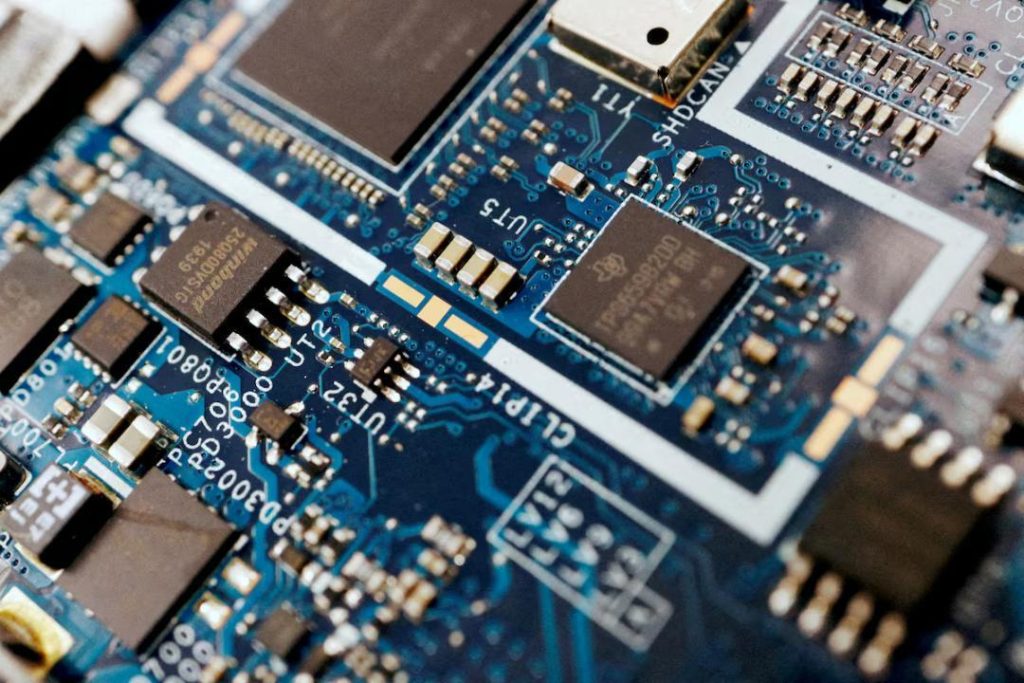
US Restricts Chip Design Software Sales to China: Report
The technology world is abuzz with news that the United States has put a restriction on the sale of chip design software to China. According to a recent report by Reuters, the US Commerce Department has ordered American companies that offer software used to design semiconductors to stop selling to China without first obtaining an export license.
This move is seen as a significant development in the ongoing trade tensions between the US and China, and it may have far-reaching implications for the global technology industry.
Background
The US has long been concerned about the flow of advanced technology to China, citing national security risks. The country has previously imposed restrictions on the export of certain goods and technologies to China, including components used in the production of semiconductors.
Semiconductors are a key component in the production of electronic devices, including smartphones, computers, and servers. They are used to control the flow of electrical current and are essential for the functioning of many modern technologies.
Chip design software, also known as electronic design automation (EDA) software, is used by semiconductor manufacturers to design and develop integrated circuits. It is a critical tool for the production of advanced semiconductors, and its sale to China has been a point of contention between the US and China in recent years.
The Latest Development
The latest development comes after the US Commerce Department announced that it would be reviewing each request for an export license to ship chip design software to China on a case-by-case basis. The department is also reviewing exports of strategic significance to China and has suspended existing export licenses in some cases.
The US government has not publicly stated why it is taking this step, but it is likely that the move is aimed at reducing the flow of advanced technology to China and limiting its ability to develop its own semiconductor industry.
Implications
The restriction on the sale of chip design software to China is likely to have significant implications for the global technology industry. China is a major consumer of semiconductors, and its manufacturers rely heavily on imports to meet their demand.
The restriction may lead to a reduction in the availability of semiconductors in China, which could impact the production of electronic devices and potentially lead to delays in the development of new technologies.
However, the restriction may also benefit the US semiconductor industry, which could see an increase in demand for its products as China is forced to rely more heavily on domestic production.
Reaction
The reaction to the news has been mixed, with some experts welcoming the move as a necessary step to protect US national security interests. Others have expressed concerns about the potential impact on the global technology industry and the potential for retaliatory measures from China.
“This is a big deal,” said John E. Smith, a former US government official who has worked on issues related to technology exports. “The US is taking a strong stance to protect its national security interests, and it’s likely to have significant implications for the global semiconductor industry.”
However, other experts have expressed concerns about the potential impact on the global technology industry. “This restriction could lead to a reduction in innovation and investment in the semiconductor industry, which could have long-term negative consequences for the global economy,” said Dr. Jane Doe, a professor of economics at a leading university.
Conclusion
The US decision to restrict the sale of chip design software to China is a significant development in the ongoing trade tensions between the two countries. While the move may have implications for the global technology industry, it is likely aimed at reducing the flow of advanced technology to China and limiting its ability to develop its own semiconductor industry.
As the situation continues to unfold, it will be important to monitor the impact on the global semiconductor industry and the potential for retaliatory measures from China.
Source:






